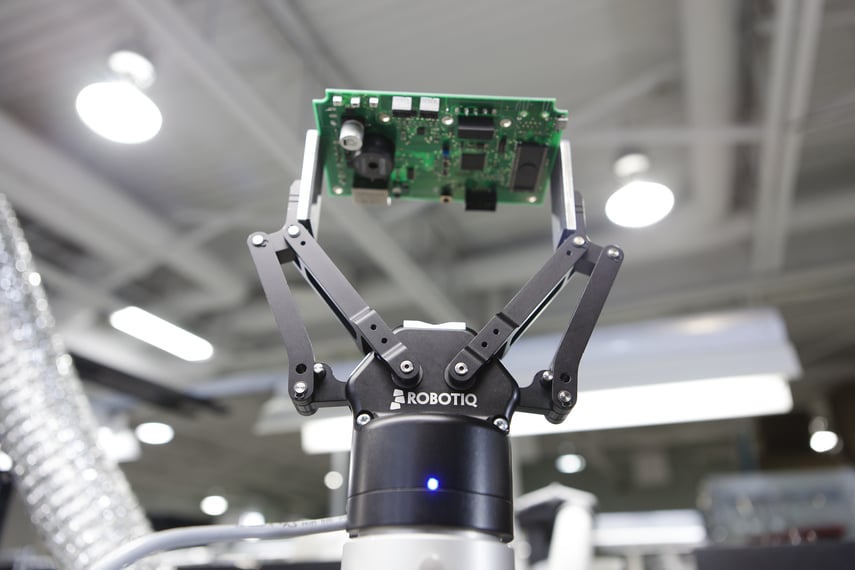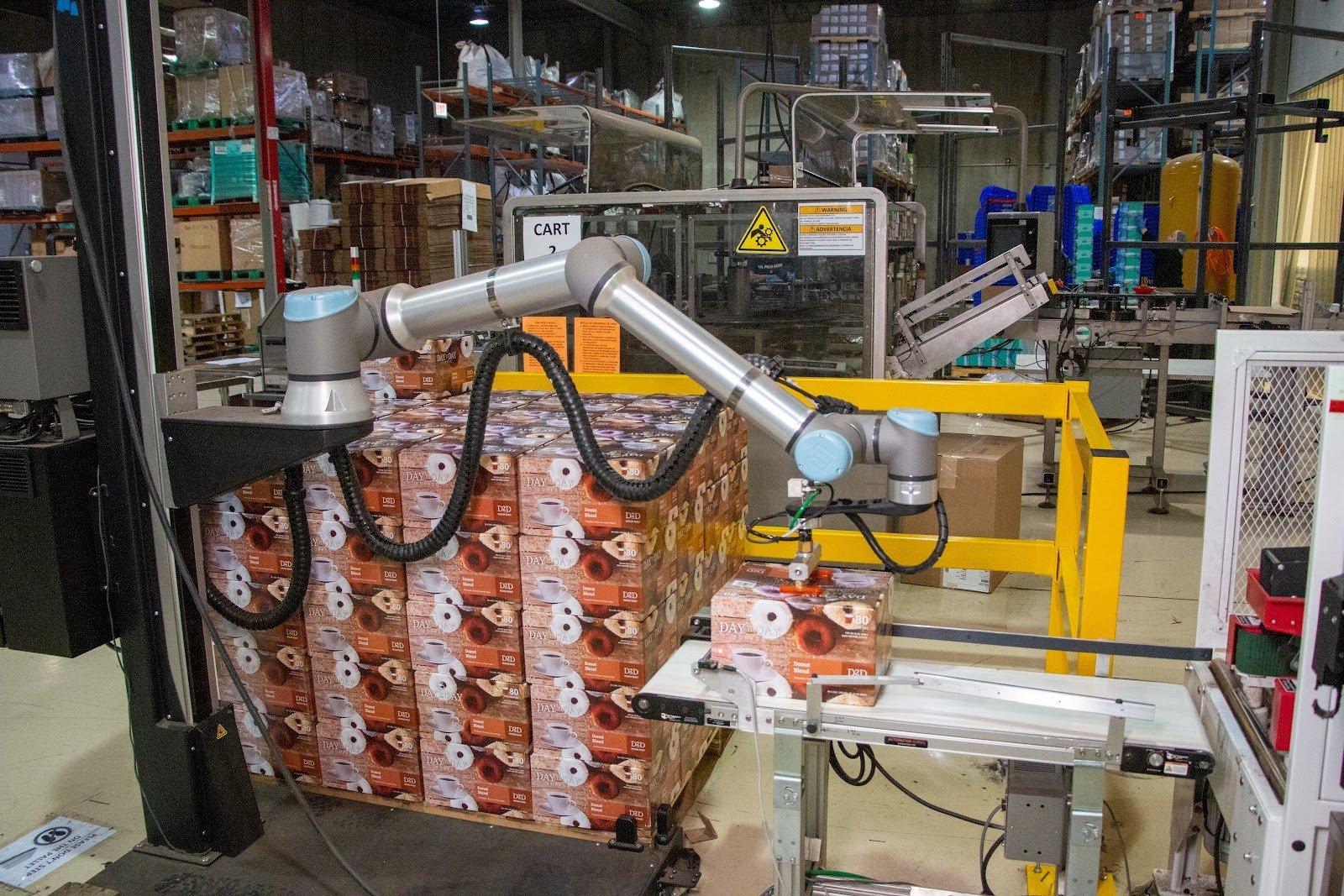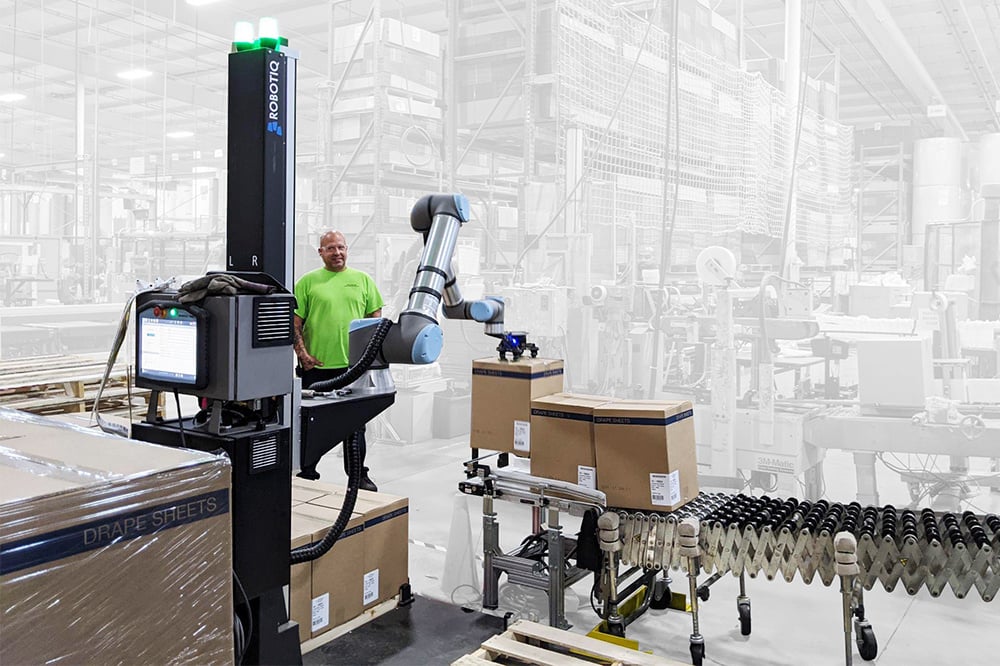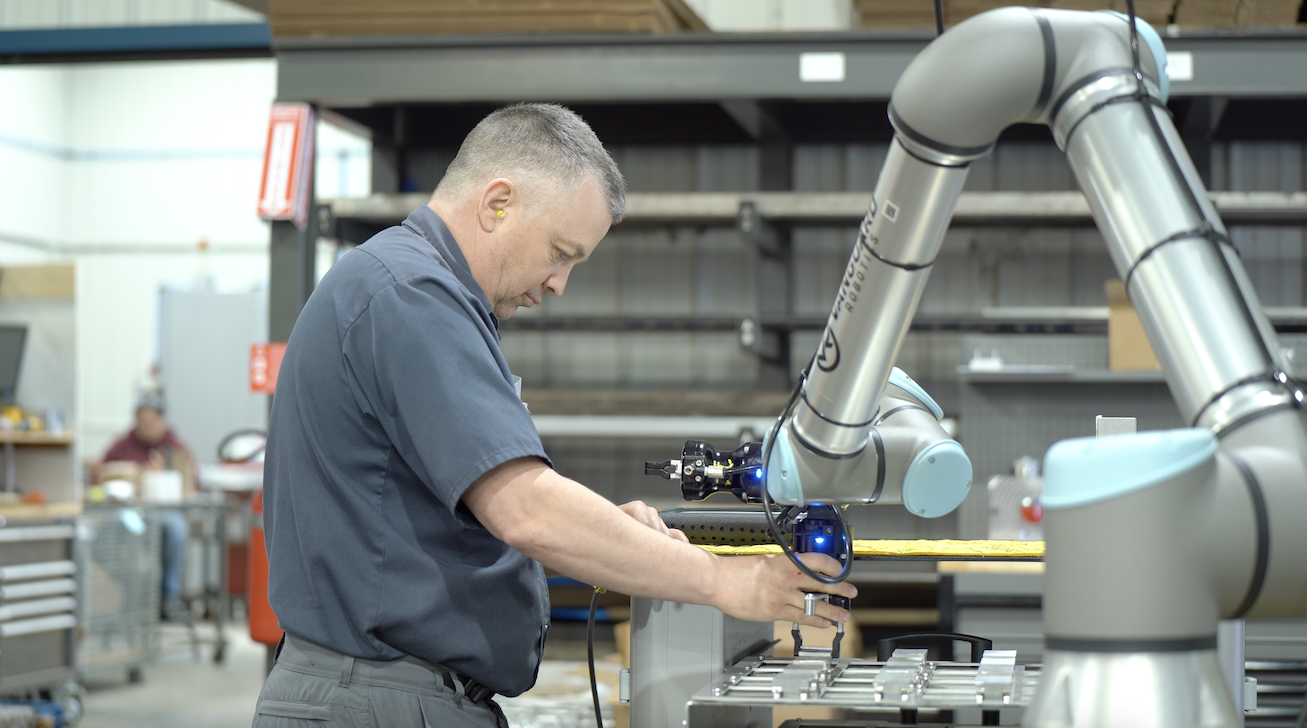Assess Your Potential Applications - Step 4 of the Practical Guide

Posted on Dec 11, 2015 in Manufacturing
2 min read time
Before you can choose your first application to automate, you'll need to gather data in order to make a sound decision. Here are some data points you should consider to make it easier to justify to management which application best qualifies for a first collaborative robot.

1. Document via photos and videos.
This is essential as it will help you revisit the application and analyze it further, without having to go down to the shop floor. You should take pictures of the part input and output area, as well as video of the entire task from beginning to end.
2. Gather data
Take notes and sketch the cell layout. Describe in sequence how the task is currently being performed. This might be similar to how an experienced worker would explain the process to a new colleague. Don't focus on the robot constraints for now, we'll get to this later.
Documenting the actual process will allow you to evaluate if the process can be automated. This will also give you a starting point on cell performance and improvement opportunities.
You should take particular note of the following metrics:
- Technical
- Changeover
- Throughput
- Environment
- What could be improved on the cell
- Production cost
- Quality
- Ergonomics
- Other key metrics you are working to improve in your plant
The information that you gather here will serve two purposes:
- It will be the starting point to compare applications with respect to their challenges and potential for reward.
- It will be used to show management how you chose your first application and what other ones could follow. This will reduce the risk of purchasing a first robot, knowing it can use at many places to replicate the potential improvements across the plant.
Want to know more? Subscribe to our 5-part email series on Getting Started with Collaborative Robots. You'll learn how to go from the idea of automation, to having a real plan, to integrating your first robotic project.







Leave a comment